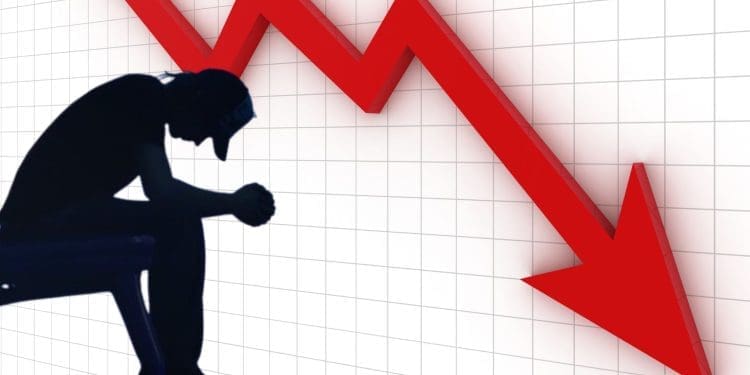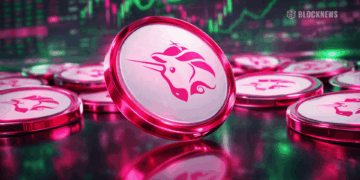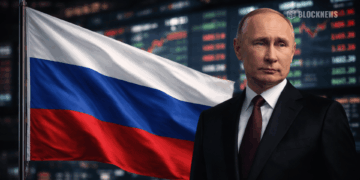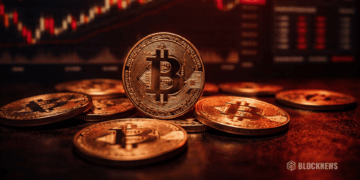- According to Paul Gambles, the Fed needs to implement at least 5 rate cuts in 2023 to avoid recession and is currently disconnected from economic reality.
- Market expectations for rate cuts have increased for 2023, but Powell poured cold water on those hopes by emphasizing rates will stay high until inflation is solidly at 2%.
- There are signs inflation may have peaked, but Powell said more time is needed to be certain. Veteran investor David Roche believes inflation won’t return to 2% without major shocks.
The Federal Reserve needs to cut interest rates significantly in 2023 to prevent the economy from falling into a recession, according to one portfolio manager. Paul Gambles, co-founder of MBMG Group, believes the central bank is disconnected from economic reality and must take aggressive action to avoid prolonged damage.
The Fed is Behind the Curve on Rate Cuts
According to Gambles, the Fed is lagging when it comes to reducing rates. He says they need to implement at least five rate cuts next year alone to avoid an extreme tightening cycle. Gambles argues that Fed policy has become detached from economic factors and reality. He warns that the central bank risks causing severe harm to the economy if it does not act quickly to lower rates.
Market Expectations for Rate Cuts
Traders are currently anticipating the first rate cut could come as early as March 2024. As of now, the federal funds rate sits at 5.25-5.50%, which is the highest level in over two decades. But market expectations for rate cuts next year increased after Fed Chair Jerome Powell‘s latest comments, which were perceived as dovish by investors.
Powell Pours Cold Water on Rate Cut Hopes
Last week, Powell said it was premature to declare victory over inflation or speculate on easing policy. He emphasized the Fed plans to keep rates restrictive until inflation is solidly back to 2%. Powell stated it is too early to have confidence they have achieved a sufficiently tight policy stance. His remarks cooled market hopes that rate cuts would come sooner.
Signs Inflation May Have Peaked
There are indications that price pressures in the US are beginning to ease. The October consumer price index was unchanged from the prior month, supporting the idea that the Fed’s rate hikes are taming inflation. But Powell said more time is needed to be certain, and the Fed will not let up until inflation is consistently around its 2% target.
Veteran Investor Sees No Return to 2% Inflation
David Roche, a veteran investor who predicted prior crises, argues that inflation will not fall back to 2% again absent major external shocks. He believes 3% inflation is already embedded in the US economy and that central banks like the Fed no longer need to fight as hard as before to lower it. Roche says the Fed is effectively done hiking rates, implying the next move will be a cut.
Conclusion
While the Fed intends to keep tightening policy for now, market expectations are growing for rate cuts in 2023. Signs of easing inflation lend support, but Powell remains cautious. It remains to be seen if the Fed will need to slash rates aggressively next year to prevent a downturn. The central bank’s policy path for 2023 will come into focus at its December meeting.














